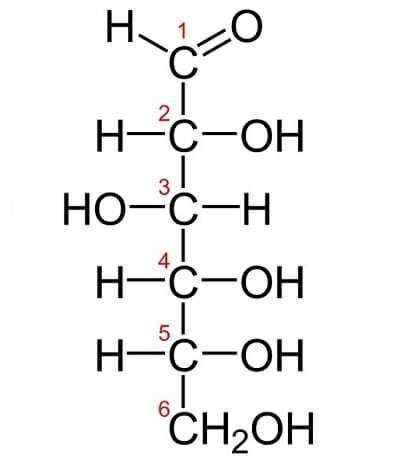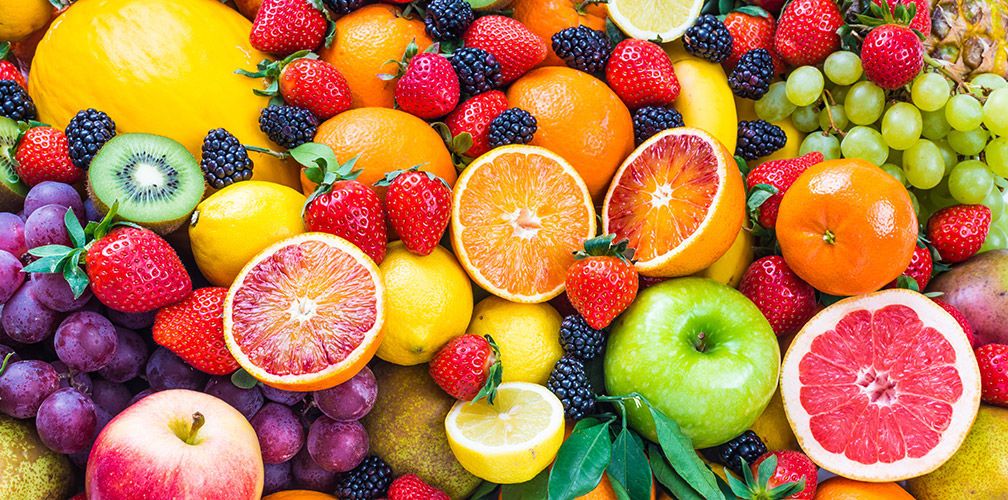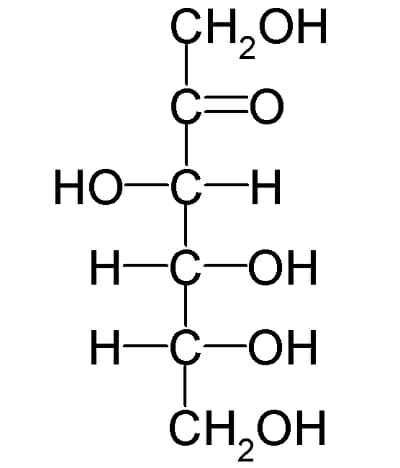 Definition of monocrystalline sugars
Definition of monocrystalline sugars
Monosaccharides are the basic form of carbohydrates, which can be linked via glycoside bindings to form larger and more complex carbohydrates called polysaccharides and polysaccharides. Low-sugar polysaccharides are called mononuclear sugars with double sugars. When more than twenty monocrystals bind to glycoside bindings, they are called multiple polysaccharides. Some polysaccharides such as cellulose consist of thousands of monosaccharides. Monocrystalline is the unit of construction or molecule that forms the largest units. The main sugars are glucose, fructose and galactose.
Single polysaccharide function:
Single-cell polysaccharides have many functions within the cell. The first is that it is used to produce and store energy. Most organisms get energy by breaking down glucose, producing energy from bonds. Other monosaccharides are used in the formation of long fibers that can be used to form a cytoskeleton.
Structure of single sugars:
All monosaccharides have the same formula (CH2O) n; they consist of a central carbon atom that binds to hydrogen and oxygen atoms. The oxygen atom is also associated with a hydrogen hydroxyl group (hydroxyl group).
Because the carbon atom is capable of forming four bonds, the carbon atoms may also be bound together. One of the carbon atoms in the chain forms a double bond with a carbon atom (carbonyl group). This carbonyl at the end of the chain forms the monosaccharide of the aldose family, but if the carbonyl group in the middle of the chain is the mono- (Ketose family).
Examples of monoclonal sugars:
Glucose

Creator:Elena Elisseeva
Is a monocrystalline hexagon of six carbon atoms, used by many organisms as an energy source and in the formation of its structure. The glucose molecule can break down with a process of glycolysis, giving energy and compounds to the cellular breathing process. If the cell does not need more energy, glucose is stored by merging it with other monoclonal sugars.
Plants store these long chains in the form of an embryo that can be disassembled and used to produce energy later, while animals store glucose chains in the form of a multi-sugar called glycogen that can store a lot of energy.
Glucose can form long chains, produced by plants in the form of cellulose; it is the most abundant molecule on the planet's surface, and if these molecules are collected weighing millions of tons. Plants use cellulose to form a casing that surrounds their cells, forming a solid cell wall that helps erect the plants and keep them swollen, and the plants without it are flat and spongy. The carbonyl group is in the first carbon atom of glucose, which makes the glucose from the aldose group.
Fructose
Much like glucose, it has the same chemical formula (CH2O) 6), but its structure is very different. Instead of being the carbonyl group at the end of the molecule as in glucose, the second carbon atom from the bottom is positioned to make fructose ketose instead of aldose. The double oxygen bond is also located in a place different from where it is placed in the glucose. This makes a big difference when processing sugar.
Most interactions in the cell induce a specific enzyme, and different forms of monosaccharides require different enzymes to break down. Since fructose is a monounsaturated sugar, it can be associated with other monoclonal sugars, forming a few sugars. Sucrose is a common biodegradable sugar made by plants, and is made up of a fructose molecule with a glucoside molecule.
Galactose
Monocrystalline sugar is produced by many organisms especially the mammals that you use in milk synthesis to give babies energy. The galactose molecule is associated with a glucose molecule that forms a bicarbonate, lactose. Links in lactose contain a lot of energy, and the breakdown of this bond with special enzymes found in mammalian infants, and these enzymes disappear once the babies are weaned from the mother's milk.
Since humans are the only mammals in which adults consume milk, they have developed some enzymatic functions that help digest them, making them able to digest galactose throughout their lives. People who do not consume milk after weaning will not tolerate lactose as they become unable to digest it.
Symptoms of glucose intolerance include abdominal cramps and diarrhea caused by toxins produced from intestinal bacteria that digest the large amount of lactose found in milk. Both microbial toxins and the large amount of nutrients increase the intraocular pressure in the intestine, so water leaks into the lumen causing diarrhea and abdominal cramps.
Source/biologydictionary











0 Comments